15 Essential Tips for Backpacking Across South America
Backpacking across South America offers a unique adventure filled with diverse cultures, landscapes, and unforgettable experiences. To make the most of your journey, it’s essential to plan and be prepared for the challenges you may encounter along the way. Whether you’re navigating busy cities or exploring remote areas, these practical tips will help ensure a safe, enjoyable, and stress-free trip. With a bit of preparation, you can immerse yourself in the vibrant cultures of South America while traveling smart and staying secure.
This post may contain affiliate links, which helps keep this content free. Please read our disclosure for more info.
Learn Some Basic Spanish

While it is not always necessary to speak Spanish fluently, learning some basic phrases can significantly enhance your experience in South America. Spanish is the primary language spoken across most of the continent, and having the ability to communicate even at a basic level can help with simple tasks like ordering food, asking for directions, or booking accommodations. It also shows respect for the local culture and helps you connect with people more easily, which can lead to a more authentic travel experience.
There are plenty of free or low-cost resources available online to help you learn essential phrases before you go. Apps like Duolingo, Memrise, or Babbel can help you start with basic greetings, numbers, and common phrases. Being able to say “hello,” “thank you,” and “how much is this?” will make a huge difference in how people interact with you and can help you navigate your way through less touristy areas, where English may not be as widely spoken.
Stay in Hostels
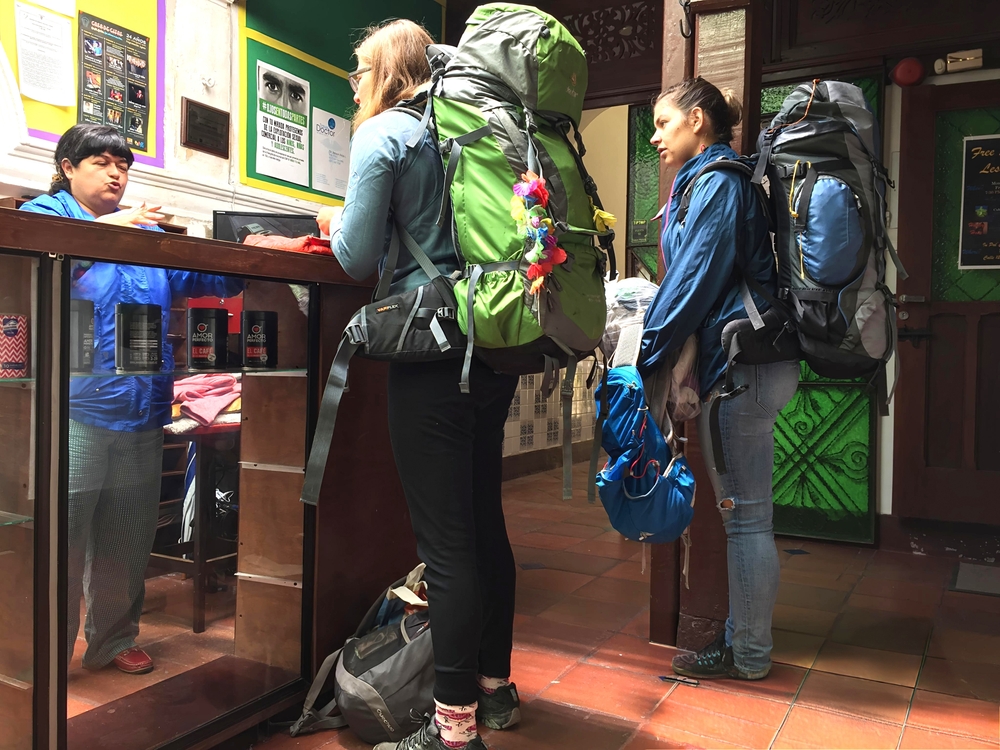
Hostels are a staple for backpackers across South America for several reasons. First, they offer an affordable and comfortable place to stay while providing the chance to meet other travelers from around the world. Many hostels organize events, day trips, and social gatherings, which can help you find new friends or travel companions. Staying in hostels also gives you the chance to experience a more communal and social aspect of travel, with shared spaces like kitchens, lounges, and common areas where you can exchange tips and stories with fellow travelers.
In addition to the social benefits, hostels are often centrally located in cities, making it easier to explore local attractions. They can also offer valuable travel advice from the staff, who are typically locals or experienced travelers themselves. Many hostels also provide amenities like free Wi-Fi, laundry services, and breakfast, helping to keep your travel budget low while still providing comfort and convenience.
Be Street Smart
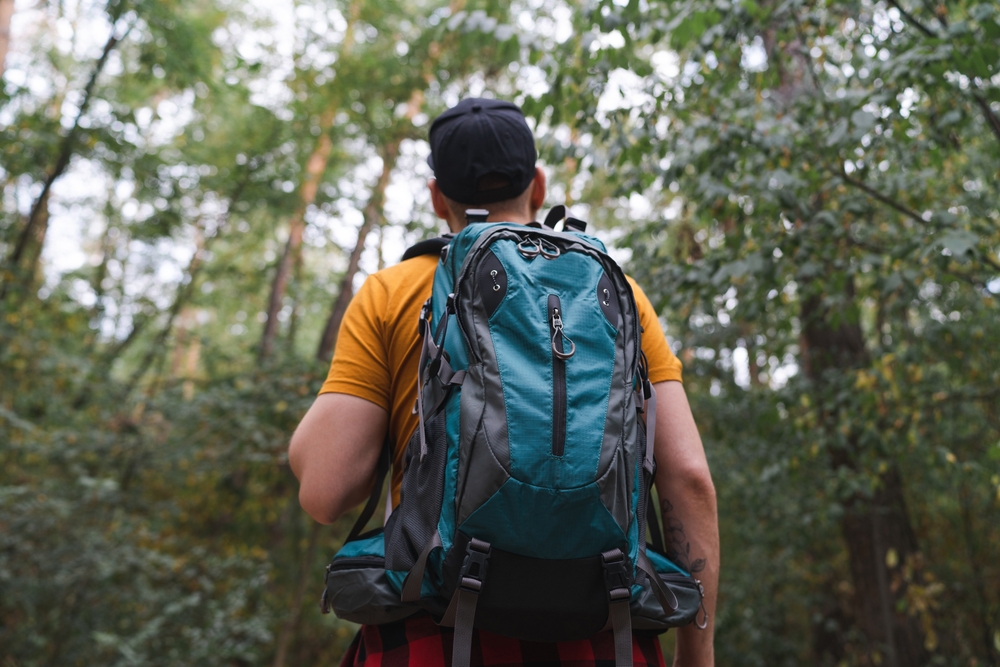
Being street smart is crucial when backpacking across South America, especially in crowded cities and unfamiliar neighborhoods. While the majority of people are friendly and welcoming, it’s essential to stay alert to avoid petty theft or scams. Always be mindful of your belongings, particularly in busy markets or public transport areas, where pickpockets are known to operate. Keep your valuables close to you, use money belts or hidden pouches, and avoid carrying large sums of cash. It is also advisable to use a lock for your backpack when you’re out and about.
Another important aspect of street smarts is knowing when to trust your instincts. If something feels off, whether it’s a situation or an individual, it’s okay to remove yourself from that environment. Be cautious when interacting with strangers, especially if they seem overly eager to help or offer unsolicited advice. Research areas you’re planning to visit, and ask locals for tips on places to avoid. Staying cautious and informed will help you enjoy your trip while staying safe.
Pack Light but Appropriately for Diverse Climates
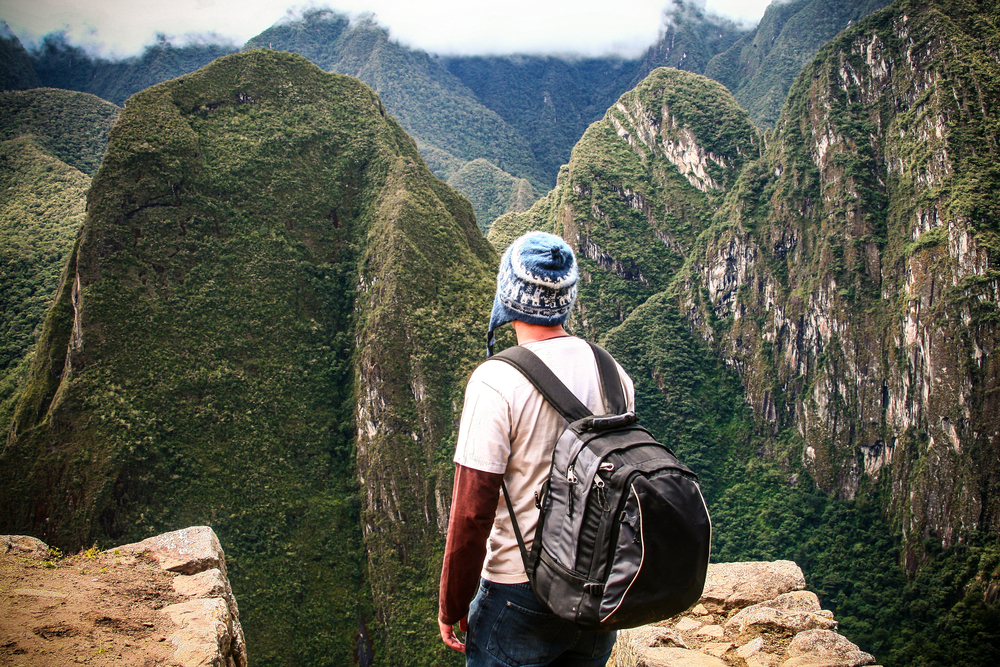
South America is a continent of extreme diversity, and the climate can vary dramatically depending on where you are. When backpacking, packing light is key, but you also need to be prepared for a range of weather conditions. In tropical areas, like the Amazon Rainforest, lightweight and breathable clothing will help you stay cool, while in high-altitude locations such as the Andes, you’ll need warmer layers. Versatile, quick-drying clothes are your best bet, as they can be used in multiple conditions, and they won’t weigh you down as you travel.
Make sure to pack layers so you can adjust to temperature changes throughout the day. A good rule of thumb is to bring items that can serve multiple purposes, like a waterproof jacket that can also serve as an extra layer of warmth. Don’t forget to include sunscreen, hats, and sunglasses for sunny regions, and a solid pair of sturdy shoes for walking or hiking. A well-packed bag ensures you’re ready for whatever climate conditions South America throws your way.
Invest in Reliable Travel Insurance
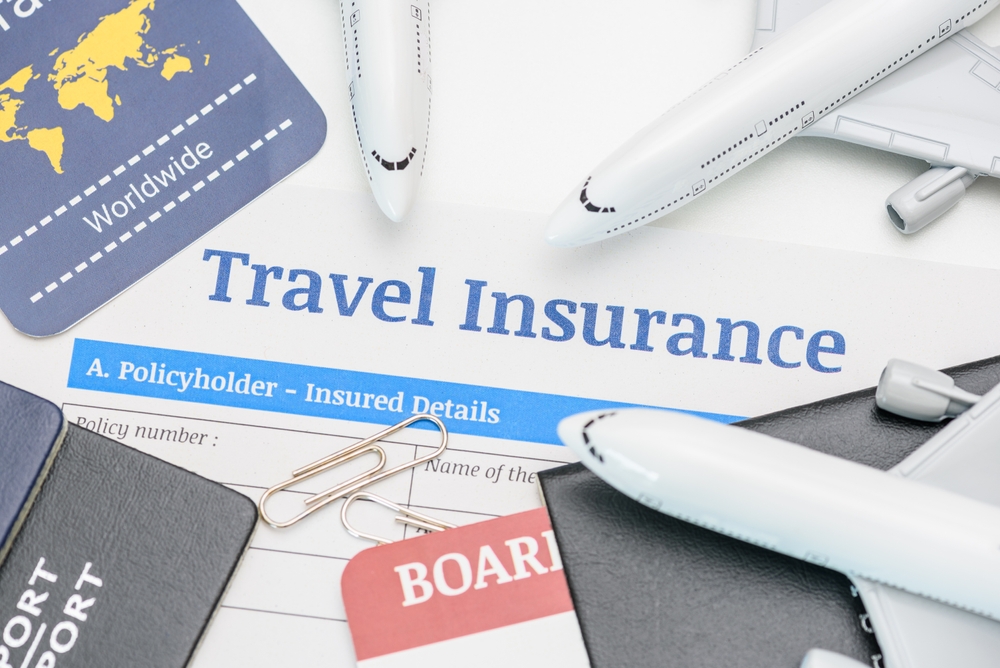
Travel insurance is one of the most important investments you can make when backpacking across South America. Accidents and unexpected events can happen, whether it’s losing your baggage, experiencing a flight delay, or dealing with medical emergencies. Having a reliable travel insurance policy can provide you with peace of mind and financial protection in case of any unforeseen incidents. When selecting a policy, make sure it covers things like medical emergencies, trip cancellations, lost luggage, and emergency evacuation, as healthcare can be expensive in some countries.
Additionally, some regions in South America may be prone to natural disasters or political unrest, so having the right coverage ensures you’re prepared for any scenario. Insurance providers often offer coverage tailored specifically for backpackers, so look for one that suits your trip’s length, activities, and destinations. The small upfront cost of insurance could save you from significant financial stress should something go wrong during your travels.
Stay Flexible with Your Plans
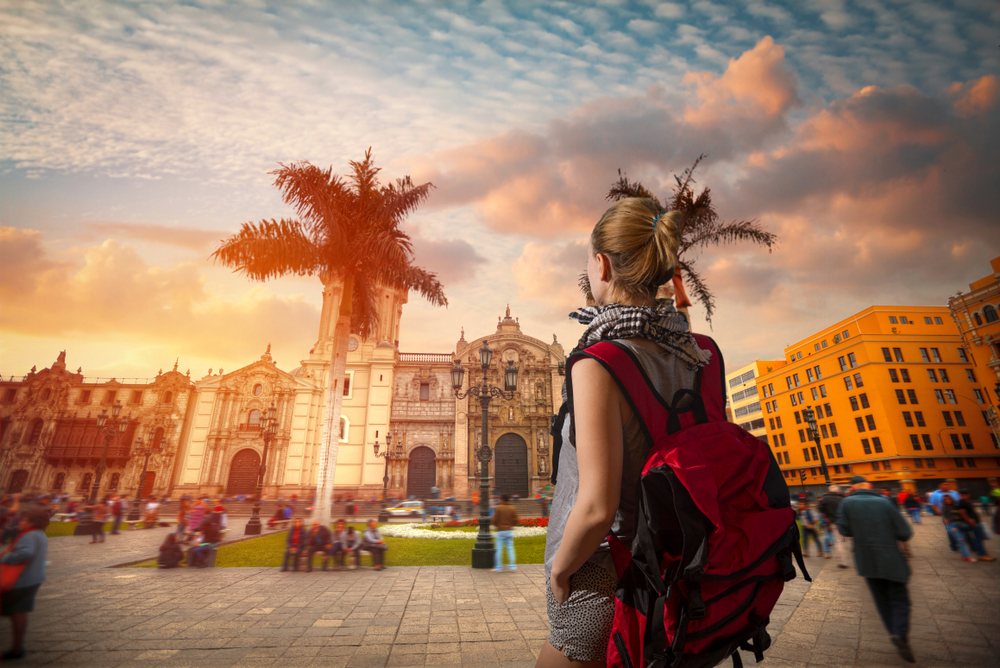
While it’s important to plan for your trip, staying flexible with your itinerary is equally essential when backpacking across South America. Plans may change due to weather, transportation issues, or unexpected opportunities. A rigid schedule can lead to stress and missed experiences. Flexibility allows you to embrace the spontaneity that often comes with backpacking, whether it’s discovering a hidden gem or meeting other travelers who want to explore a different destination.
Having a flexible mindset will also help you adapt to the local pace of life. South America is known for its relaxed culture, where things may not always go as planned, whether it’s a delayed bus or a last-minute change in accommodation. Embrace the unpredictability and allow yourself to go with the flow, ensuring you make the most of your time in each destination.
Travel During Off-Peak Seasons
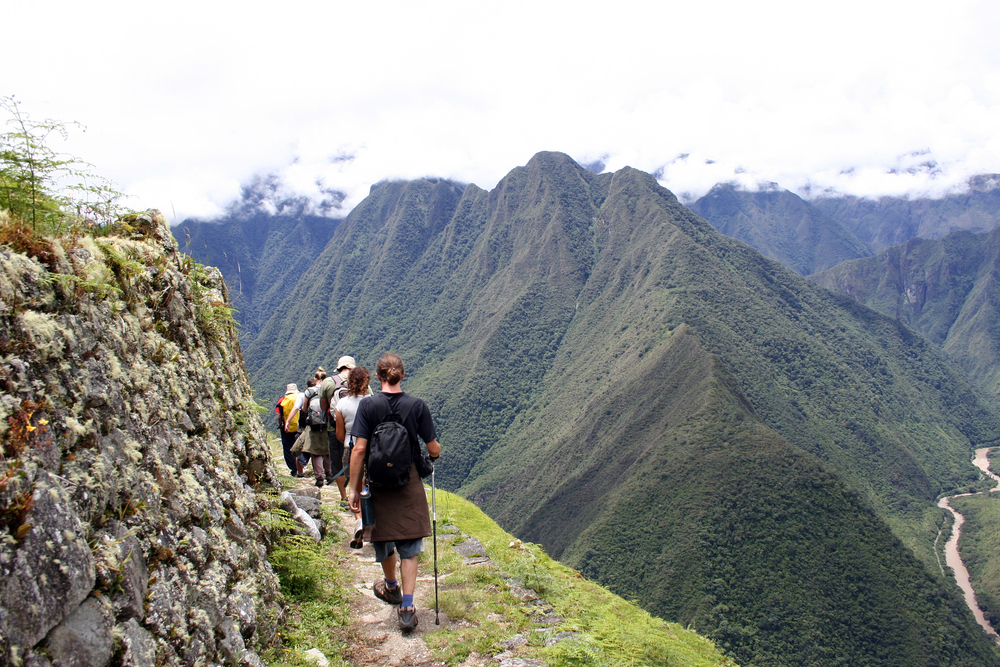
To get the most out of your backpacking experience, consider traveling during off-peak seasons. Not only will this save you money on flights, accommodations, and activities, but you’ll also encounter fewer tourists, allowing for a more authentic experience. Many popular destinations in South America, like Machu Picchu or the Galápagos Islands, can become crowded during peak season, making it harder to enjoy the sights and engage with locals. Traveling during quieter months allows you to experience a more laid-back atmosphere and interact with people without the rush of other tourists.
Keep in mind that some regions have different peak seasons due to weather patterns, so be sure to research your destinations ahead of time. Traveling during off-peak periods can also help you find better deals on tours and experiences, making your budget stretch further. You will likely have more freedom to explore at your own pace, without the pressure of fitting in with a large crowd.
Be Prepared for Long Travel Times
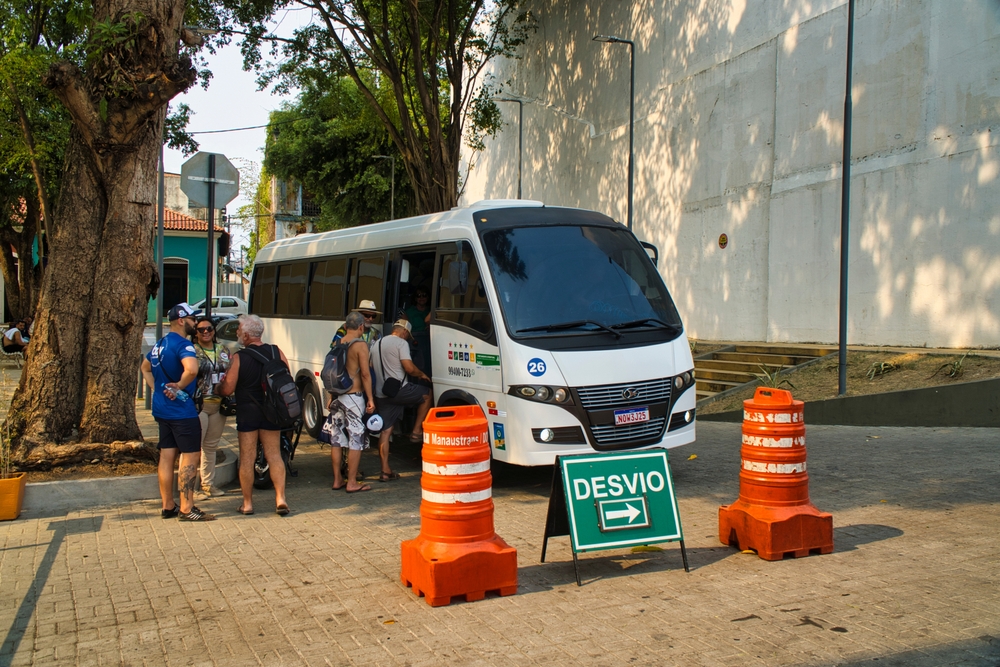
South America is a vast continent, and traveling between cities and regions can take longer than you might expect. Bus journeys, especially on long-distance routes, can span many hours or even days, so it’s important to prepare for these travel times mentally. Bring snacks, water, and entertainment like books, music, or podcasts to make the journey more comfortable. It’s also a good idea to pack a neck pillow, eye mask, and other travel essentials to help you sleep during long trips.
On some routes, buses can be the most cost-effective mode of transport, but you may also consider domestic flights for long distances, especially in countries like Brazil or Argentina. However, these flights can be pricey, so balancing your travel time with your budget is key. No matter the mode of transport, staying comfortable and prepared will make those long travel days more manageable.
Learn About Local Customs and Etiquette
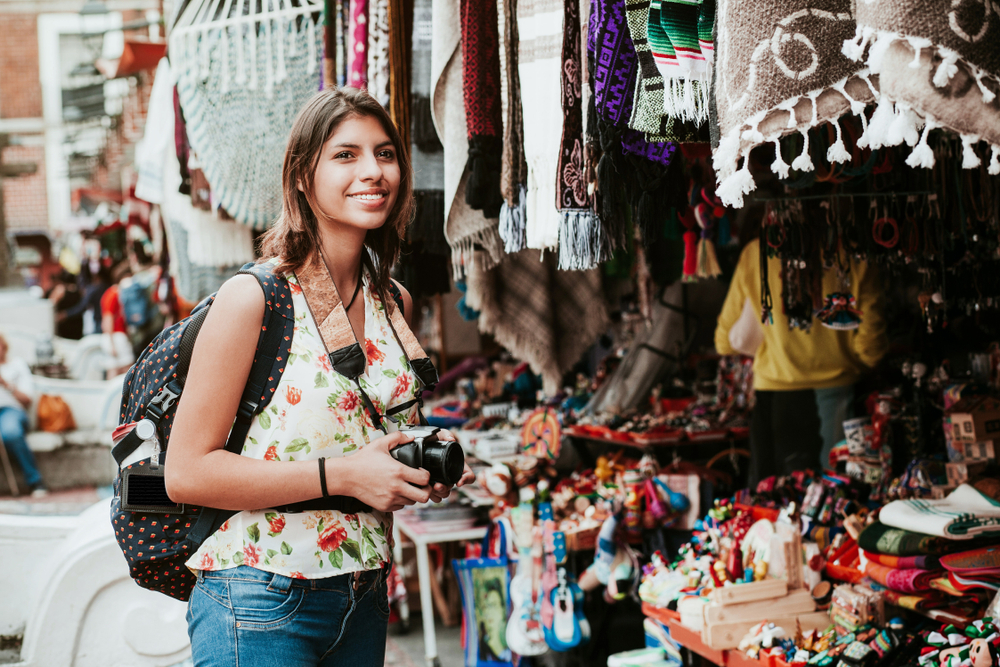
Understanding and respecting local customs and etiquette is vital when traveling in South America. Each country has its unique traditions, social norms, and cultural practices, so taking the time to learn about them will help you avoid unintentional offenses. For example, in some countries, it’s customary to greet people with a kiss on the cheek, while in others, a handshake is the norm. Being mindful of these social cues can help you build rapport with locals and gain their respect.
In addition to social customs, understanding the local tipping culture is important. Tipping practices can vary significantly between countries, so make sure you’re aware of what is expected in the places you’re visiting. By showing respect for these cultural differences, you demonstrate an open-minded approach to your travels and help foster positive interactions with the people you meet along the way.
Stay Healthy and Hydrated
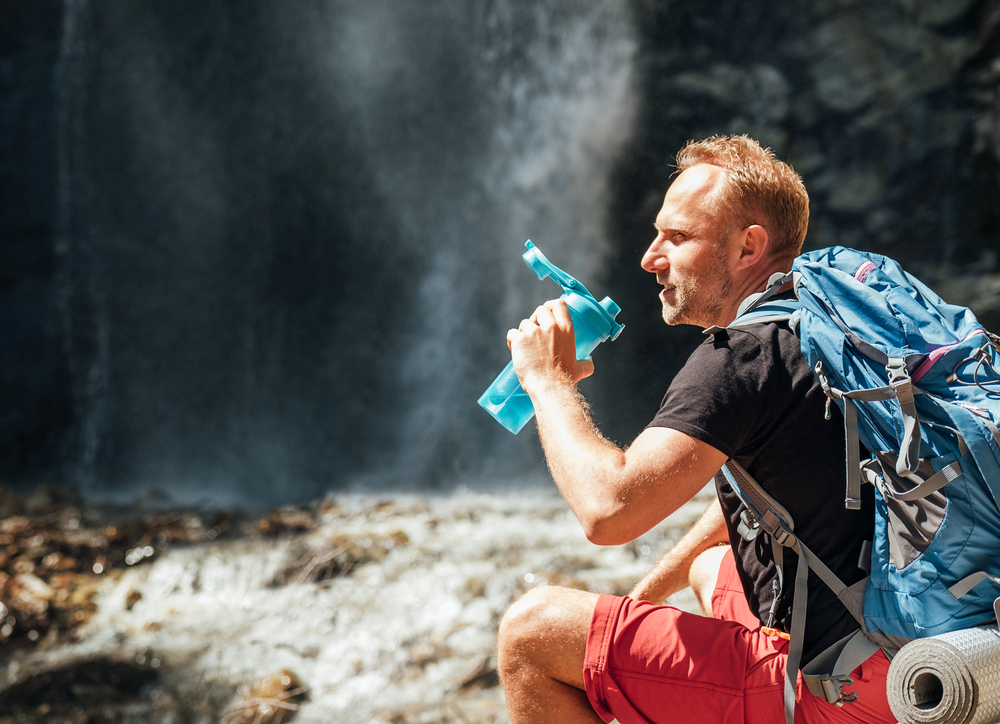
Backpacking through South America often involves physical activity, whether you’re hiking, exploring cities, or navigating rural areas. To keep your energy levels up, it is essential to stay healthy and hydrated throughout your journey. Drink plenty of water, especially in hot and humid areas, and make sure to carry a refillable water bottle with you. Staying hydrated will help prevent fatigue and keep you feeling your best as you explore.
Additionally, pay attention to your diet to ensure you’re getting the necessary nutrients to stay energized. Street food can be tempting, but be mindful of food safety to avoid stomach issues. Whenever possible, eat at places that seem clean and well-frequented by locals. If you’re traveling to higher altitudes, like the Andes, consider drinking coca tea to help with altitude sickness and stay aware of how your body is reacting to the environment.
Budget Wisely

Budgeting is a critical aspect of any backpacking trip, and it’s especially important when traveling across South America. Costs can vary significantly from one country to another, so it’s essential to have a daily budget to keep track of your expenses. For example, countries like Argentina and Bolivia tend to be more affordable, while places like Chile or Brazil may be more expensive. Use apps like Trail Wallet or a simple spreadsheet to monitor your spending, and always have a bit of extra money in case of emergencies.
Aside from accommodations and food, consider transportation and activities in your budget. Many countries in South America offer great opportunities for free or low-cost activities like hiking, sightseeing, or cultural experiences. But for major attractions like Machu Picchu or the Galápagos, booking and budgeting for the entrance fees will help you avoid any surprises.
Travel With a Good Backpack
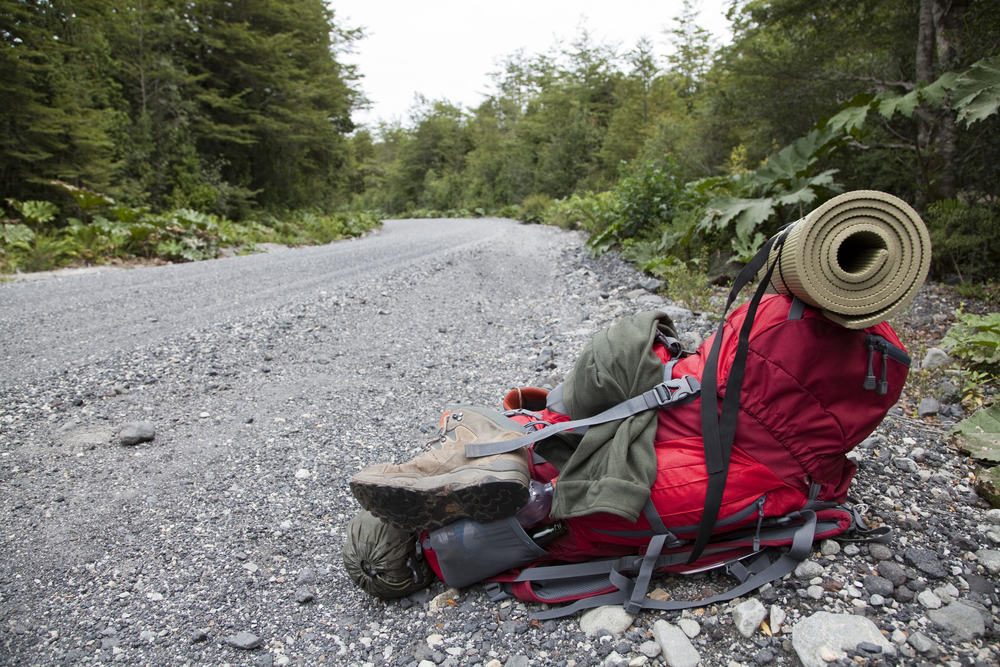
Your backpack is one of the most important items you’ll carry on your journey, so choose one that fits comfortably and suits your travel style. A well-organized, durable backpack will make your backpacking experience much easier. Look for a backpack with adjustable straps and a good hip belt to distribute the weight evenly, especially if you plan to carry it for long hours. It’s also important to choose a pack that is waterproof or comes with a rain cover to protect your belongings in case of bad weather.
A good backpack should have enough compartments to keep your items organized and easily accessible. Pack essentials like a first aid kit, toiletries, a headlamp, and your passport in the easily accessible areas. Keeping your backpack light and organized will make your travels more comfortable, especially during long journeys.
Keep Copies of Important Documents
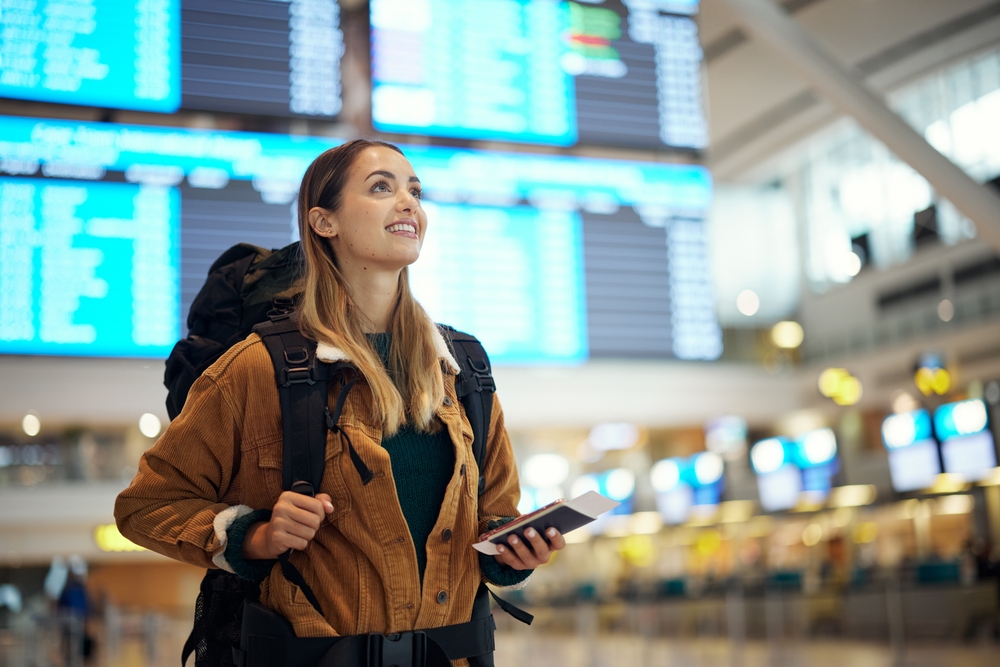
While traveling, it’s always a good idea to have backups of important documents like your passport, visa, and travel insurance information. Keep a digital copy on your phone or cloud storage and carry a physical copy in a separate bag from your originals. If your passport gets lost or stolen, having a copy can make the process of getting a replacement much quicker. Additionally, make sure to keep a list of emergency contacts, including the nearest embassy, in case something goes wrong.
Also, take note of the local laws regarding documents, such as whether you need to carry your passport with you at all times or if it’s safe to leave it in your hostel. Being prepared with backup documents will ensure you’re ready for any situation that might arise during your travels.
Plan Your Routes and Transportation in Advance
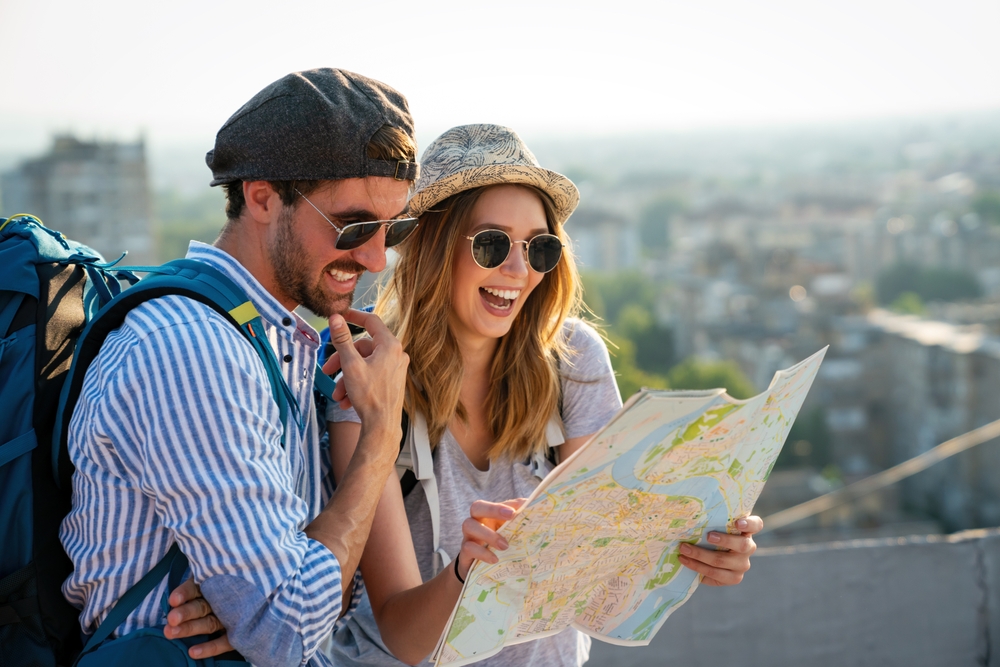
Though flexibility is important, it is still advisable to plan your routes and transportation ahead of time. Popular routes, like from Cusco to Machu Picchu or Buenos Aires to Mendoza, can fill up quickly, especially during high season. Pre-booking transportation ensures you get the best prices and saves you from last-minute stress. This is especially true for longer distances, where buses and flights can be more expensive if booked on short notice.
Consider using apps like Rome2Rio or Google Maps to research different modes of transport between cities. Whether you’re taking a bus, train, or flight, planning gives you a clear idea of costs, travel times, and available options. Knowing your transportation details will help you avoid confusion and ensure you get to your next destination on time.
Respect the Environment
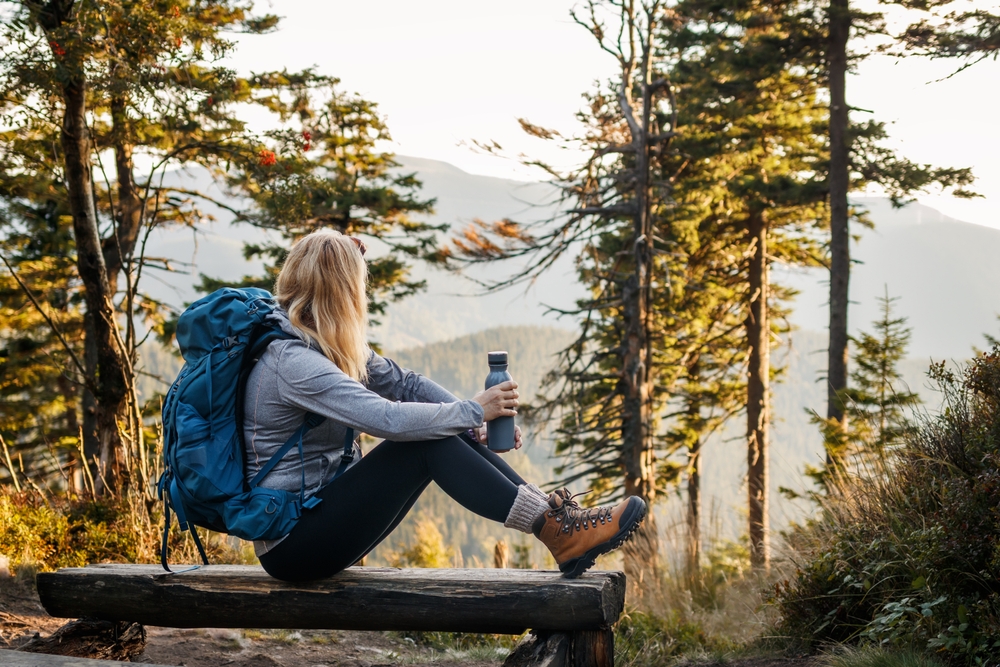
Lastly, being environmentally conscious is essential when backpacking across South America. Many regions are known for their natural beauty, including the Amazon Rainforest, Patagonia, and the Galápagos Islands. Be mindful of your environmental impact by avoiding litter, using eco-friendly products, and supporting sustainable tourism initiatives. Opt for reusable water bottles, minimize your plastic use, and follow Leave No Trace principles to protect the pristine environments you’re exploring.
Support eco-friendly businesses and tour operators that prioritize conservation and sustainability. By respecting the environment, you ensure that future travelers can enjoy South America’s incredible landscapes while preserving the delicate ecosystems. Whether you’re hiking, visiting national parks, or simply enjoying the outdoors, practicing responsible travel will contribute to the preservation of these stunning natural resources.
This article originally appeared on Avocadu.
